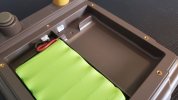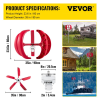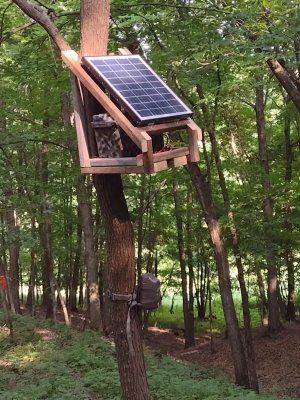ajtxwi
5 year old buck +
Ha! Definitely "home brew". But you did make me realize one thing... I am using the PW-3617 (with built in power converter) for use with 12V external batteries - the power converter appears to be pushing somewhere between 8 and 9 volts to the camera (based on the EXIF data), so since that is greater than 6V, ext battery is registering ok. But you are right, something is amiss and causing the battery days to restart - I noticed this when the temperatures drop to near zero and figured the SLA battery froze, but I am stumped while temperatures are in the 20's and 30's. As an overkill precaution, I did put a solar panel regulator that might be malfunctioning. The solar panel regulator also is only a two feed system - meaning that it only has leads to the solar panel and the battery. I might try a three feed system with solar panel, battery and load leads (with adjustable volts from 12V down to 9 or so). In any case, this is a great Cuddeback story to tell others about how off the shelf Cuddeback products work much better than home brew systems! I'll buy your super panel when it lands... until then, I need something that will run for 6-months in a shaded forest and will keep experimenting until then.the fact that you are using a home brew system and that your battery days went to zero tells me there is some type of issue with your power system, the voltage is fluctuating drastically or it could be something else. It may not be feeding the correct voltage to the camera so id rather not take a guess , as it sounds like its something you put together yourself and it would be nothing but a guess on my part.
EXT ok just means it was running above 6 volts
- BL = battery load in millivolts when he batteries were under load , this can vary up and down, BP is battery percentage and this is not as accurate as BL, your batteries could have been as low as 50% or as high as 90%.
Oh, and just in case it has been a while since you heard this - I really appreciate your input on this forum from an experienced manufacturer's representative point of view.





